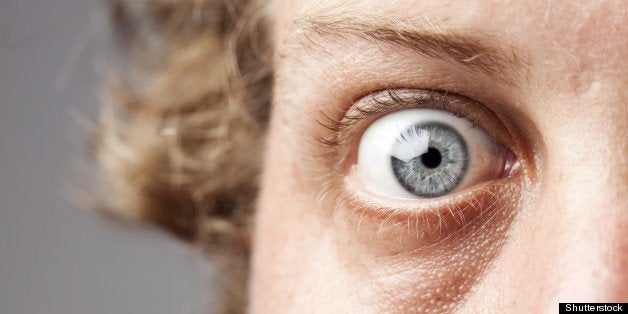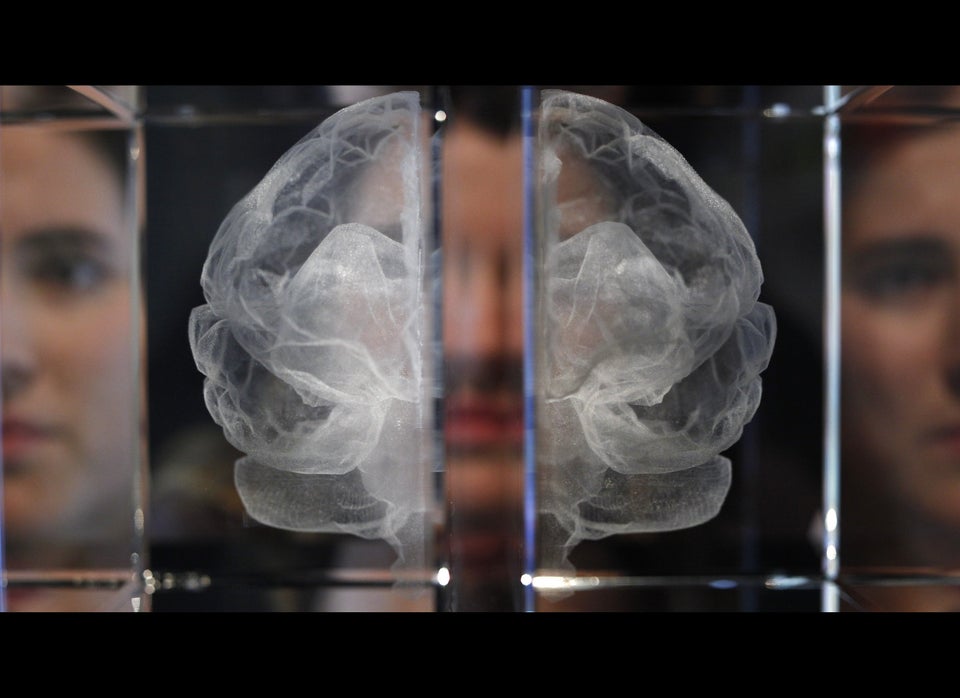
When we're scared, our eyes tend to widen. But why?
Scientists have long believed that the wide-eyed facial expression serves as a social signal, showing those around us that we feel threatened. Now research conducted at the University of Toronto suggests that the expression enlarges an individual's visual field -- essentially improving peripheral vision -- and helps others clue in to the danger you perceive.
“Emotional expressions look the way they do for a reason,” study co-author Daniel Lee, a graduate student in the university's department of psychology, said in a written statement. “They are socially useful now for communicating emotional states, but this new research suggests that they were also useful as raw physical signals.”
The study focused on 28 volunteers who, in response to being prompted, made the wide-eyed fear expression, a neutral facial expresson, or an expression of disgust. It showed that those who made the wide-eyed expression were better able to spot a target in their peripheral vision than the others. In fact, the study showed that eye widening enhanced that ability by 9.4 percent.
The researchers also found that onlookers were better able to distinguish in which direction the wider eyes were looking.
“Our ability to process other people’s eye gaze is already finely tuned," Lee said in the statement. "The fact that this processing is further enhanced by expressive eye widening underscores the importance of our eyes as social signals.”
Basically, when someone's eyes are open wide, we see more of the whites of his or her eyes, and so we can better determine the direction of the eyes' gaze.
As The Telegraph reported: "The researchers hypothesised that this could increase the contrast with the irises that signal the gaze, making it easier to tell where someone is looking. Their study also revealed that iris display and higher iris-to-sclera contrast were correlated with faster response times."
This research was published in Psychological Science on April 25.

